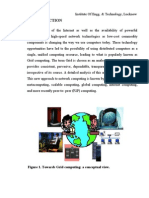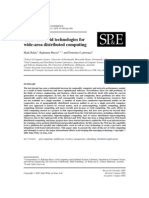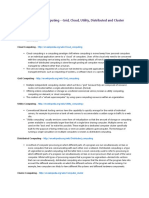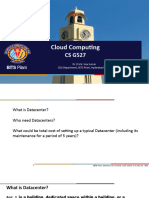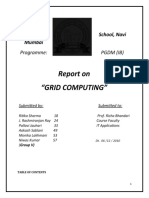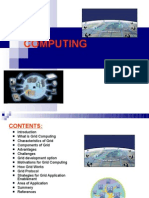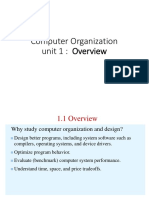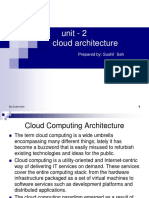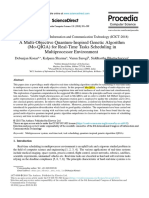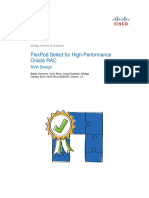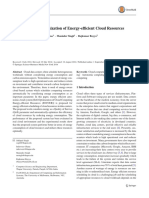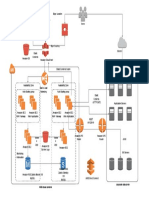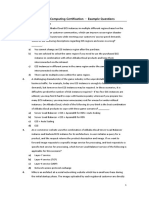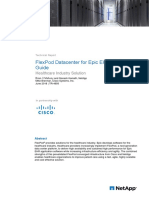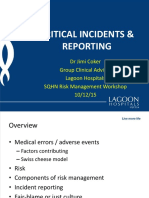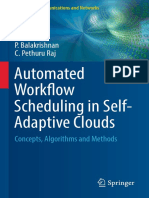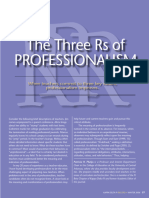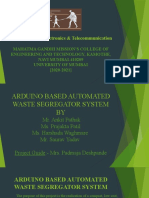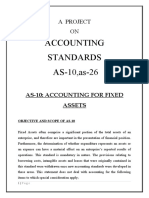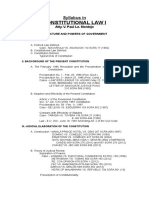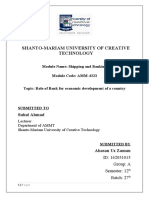0% found this document useful (0 votes)
116 views59 pagesUnit 1 Cloud Computing
This document provides an introduction to cloud computing. It discusses key concepts related to cloud computing including service management, asset management, virtualization and consolidation, information infrastructure, energy efficiency, security, and resilience. Service management allows for visibility, automation, and control over cloud services. Asset management focuses on maximizing the value of assets used to provide cloud services. Virtualization and consolidation aim to improve effective utilization and reduce operating costs. [END SUMMARY]
Uploaded by
sushil@irdCopyright
© © All Rights Reserved
We take content rights seriously. If you suspect this is your content, claim it here.
Available Formats
Download as PDF, TXT or read online on Scribd
0% found this document useful (0 votes)
116 views59 pagesUnit 1 Cloud Computing
This document provides an introduction to cloud computing. It discusses key concepts related to cloud computing including service management, asset management, virtualization and consolidation, information infrastructure, energy efficiency, security, and resilience. Service management allows for visibility, automation, and control over cloud services. Asset management focuses on maximizing the value of assets used to provide cloud services. Virtualization and consolidation aim to improve effective utilization and reduce operating costs. [END SUMMARY]
Uploaded by
sushil@irdCopyright
© © All Rights Reserved
We take content rights seriously. If you suspect this is your content, claim it here.
Available Formats
Download as PDF, TXT or read online on Scribd
/ 59

















